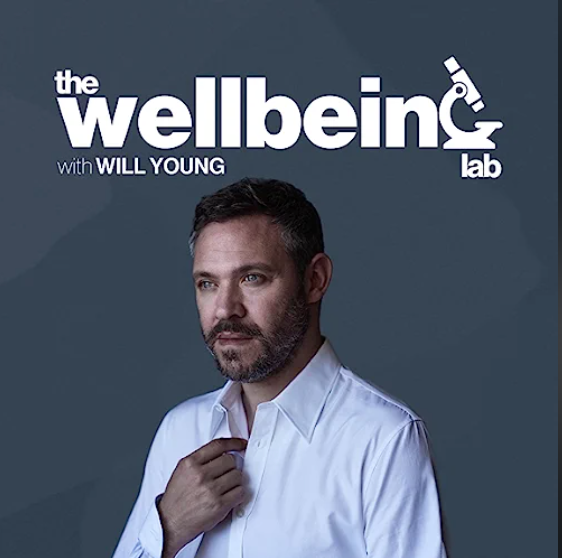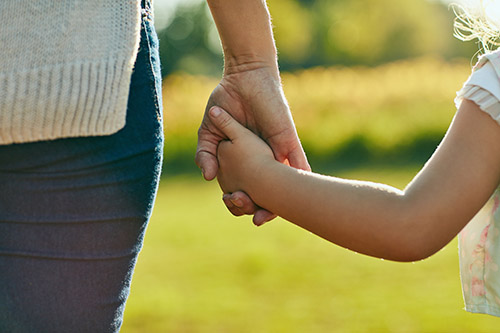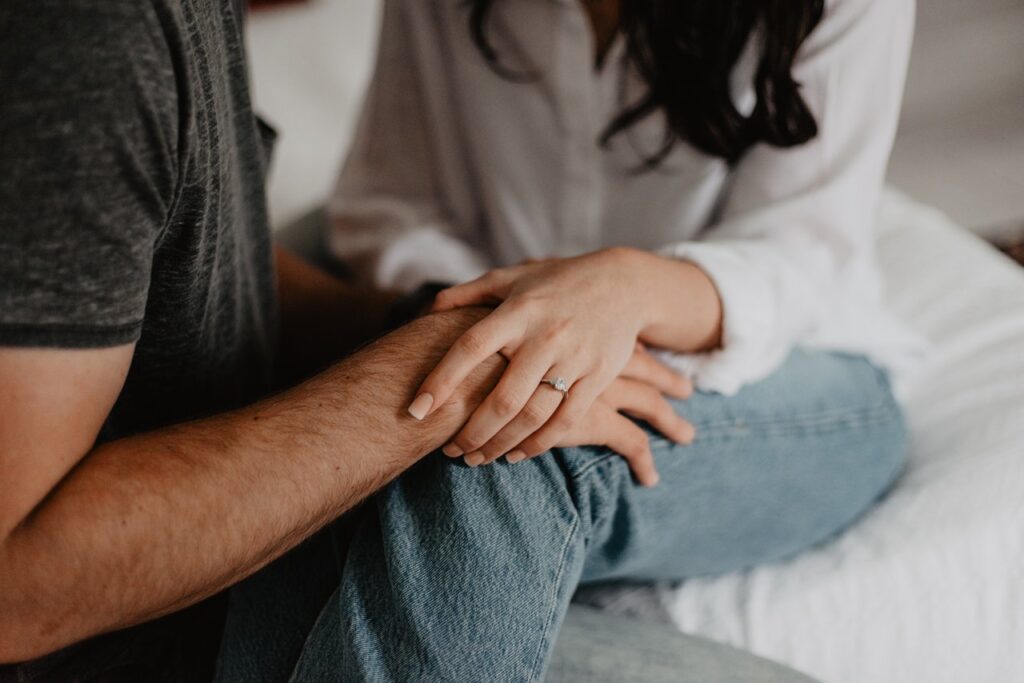I was recently a guest on the podcast The Wellbeing Lab with Will Young. As part of our conversation, I discussed the importance of communication and invited listeners to take part in an experiment. You can find the details of that experiment below.
An Invitation to a Communication Experiment
By making a few small changes to the way we communication we can start to make positive steps towards better quality, more satisfying relationships, which in turn leads to a more fulfilling, happier and healthier life experience.
We don’t need to be experts in communicating to make a start; baby steps are the way to go to build confidence, trust and develop your skills. Below are some guidelines to encourage positive conversations with your partner. Treat this as an experiment and see if there are any changes, perhaps to the atmosphere between you, or whether you notice a change in the way you feel about yourself or your partner?
- Appreciation
Notice one thing a day that you appreciate about your partner. This can be something they have done, for example, made dinner, taken the bins out, given you a hug. It could be a quality that they are showing, such as kindness, generosity, spontaneity; it can even be their appearance. It can be anything! Then let them know what you appreciated and why.
When we look out for the good, we tend to see more, and we start co-creating more positives experiences with our partners. Voicing appreciation helps us feel valued; it fosters a greater sense of security and trust in the relationship which, in turn, positively impacts our feeling of wellbeing.
- Communication
Practice communicating about non-emotive subjects, 2-3 times per week, taking it in turns to practice your active listening and mindful communicating making sure you are sharing your thoughts and feelings. After the speaker has finished, the listener repeats back to the speaker what they have heard. This enables the listener to check that they’ve heard and understood correctly, and lets the speaker know that they have been heard.
Whilst you’re practicing keep it relatively short – no more than a few minutes each as we don’t want it to become overwhelming. Remember, you’re honing your skills, and this may be more challenging than it sounds.
This helps you to become more mindful about how you communicate as an individual and together. It also enhances your communication skills, fosters intimacy and builds trust in the communication between you.
- Giving and receiving love and care:
People give and receive love in different ways. It’s important that you both understand what it is that makes each of you feel loved and cared for, and that you’re able to communicate this to on another. Often couples have a mismatch in terms of how they give and receive or communicate love. If you love your partner but that expression of love doesn’t match up to how the other person receives love, there’s a good chance that the love and care you have for your partner is getting lost in translation.
In his book The Five Love Languages, the American author Gary Chapman outlines five ways that humans show love for one another, which I think provides some useful guidelines:
1. Verbalising your appreciation, for example complimenting your partner on their qualities.
2. Doing things for your partner that they would like you to do for them, rather than things that you’d like to do.
3. Sending gifts as a ‘visual symbol’ of love and care – a reminder that they have been held in mind even when you’re not together.
4. Spending quality time together to show that you are prioritising the relationship.
5. Physical touch (not just sexual touch ).
Find out how you and your partner give and receive love and care.
This is an experiment, you don’t need to get it ‘right,’ so take a chance, be curious and have fun.




